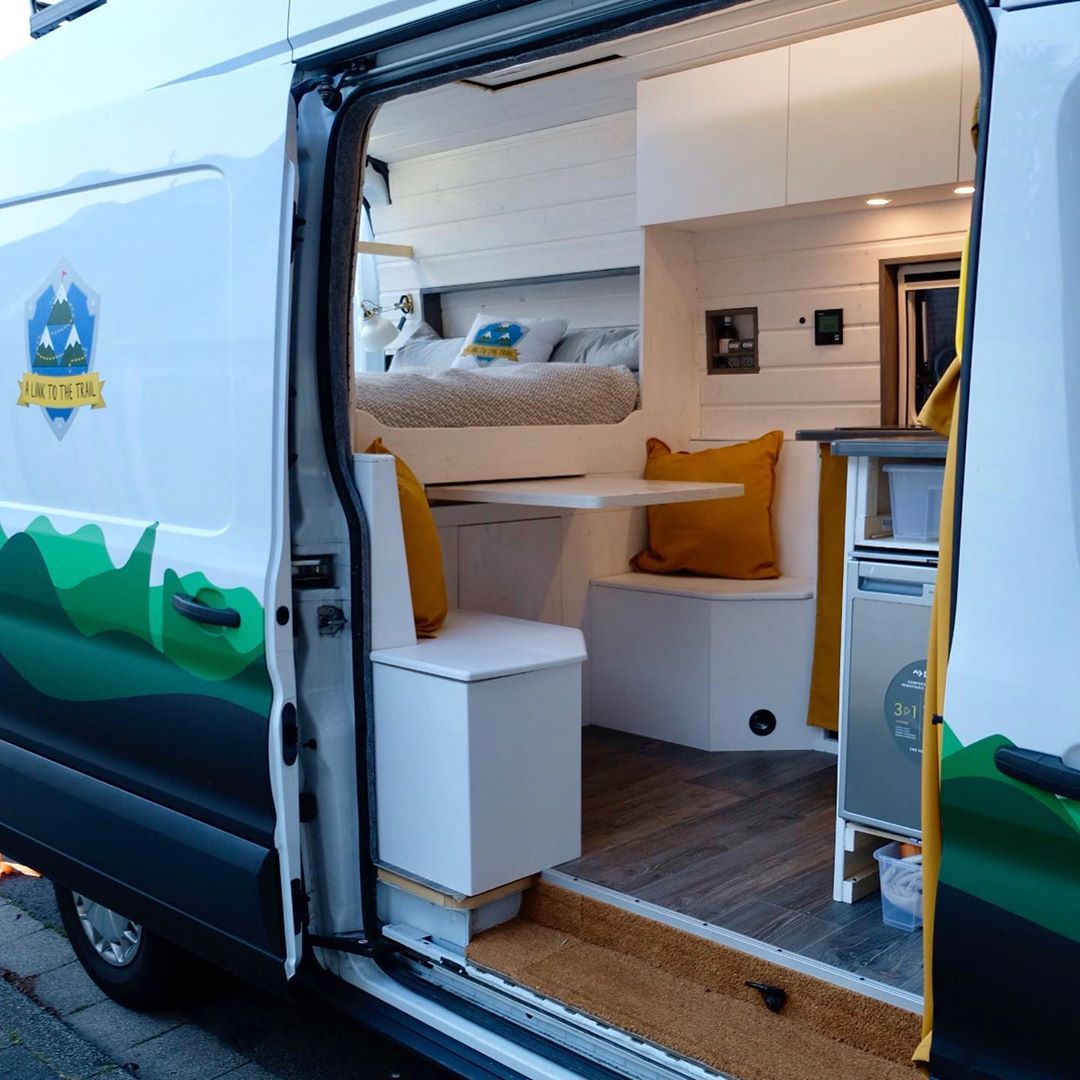Lately, living minimally has gained popularity as families and families strive to cut down on their lives and adopt a more nomadic lifestyle. One of the most practical ways to realize this is through minibus conversion. Changing a minibus into a mobile home or living area allows you to experience the liberty of the open road while keeping the amenities of home. Whether you're considering weekend getaways or a full-time adventure, a minibus conversion can be tailored to fit your preferences.

This guide will take you through every step of the minibus conversion process, from selecting the right vehicle to creating the best layout for your upcoming mobile living space. We'll delve into key considerations such as the differences between DIY conversions and engaging professionals, essential features for a luxurious camper, and useful setups for off-grid living. Whether you desire a cozy camper, a mobile office, or even a food truck, our comprehensive approach will help you guide this exciting journey towards a minimalist lifestyle in style.
Beginning with Mini-bus Conversions
Initiating on a minibus transformation process is an stimulating leap towards streamlined living. To get started, it is important to determine your objectives for the conversion. Will it function as a snug camper for short getaways, a mobile office for your freelance work, or perhaps a food truck to launch your culinary dreams? Identifying your main purpose will help guide your design choices and budget considerations.
Once you've set the desired use, your following step is to select the appropriate minibus for the project. Investigate various variations and their attributes to identify which best suits your needs. Consider factors like capacity, ease of driving, fuel consumption, and any additional alterations that may be required for your specific conversion method. Common options for transformations include the VW Transporter, Ford Transit, and Mercedes Sprinter due to their flexibility and accessibility.
With your minibus selected, it's time to plan the layout scheme. Draw out your vision, keeping in mind key elements such as living quarters, essential amenities, and storage ideas. A well-thought-out design will optimize your mini-bus's functionality while enhancing convenience. Take dimensions inside the vehicle to ensure that your plans translate well into the actual space you have to utilize with, and keep in mind to blend your personal style into the layout.
Crucial Aspects and Design Tips
When preparing your minibus transformation, it is crucial to consider the necessary aspects that will enhance your living space. Begin with a comfortable sleeping area, as this will be your chief function for the minibus. A transformable seating and sleeping arrangement can maximize space and add functionality. Opt for comfortable mattresses for added comfort, and include high-quality bedding that can withstand wear. переобладнання мікроавтобусів like under-bed storage solutions and overhead cabinets are vital for maintaining a tidy environment while maximizing the restricted space.
Planning the layout of your minibus camper is just as important. Functionality should take precedence, so think about the movement dynamics within the space. An open-plan design can create an sense of larger space, while working to keep necessary amenities close at hand. Consider incorporating a efficient kitchenette with necessary kitchenware, such as a portable stove or microwave, and a mini-fridge. Also, installing a foldable table can provide you with a dining area when needed, and it can easily be packed away to create more room.
Finally, don’t overlook the value of aesthetics and individual flair in your design. Choose light colors and materials to brighten the interior and make it feel larger. Adding windows or skylights will enhance sunlight, creating a welcoming atmosphere. Incorporate decorations that reflects your style, whether through wall art, cushions, or curtains. Sustainable materials and eco-friendly options can also align with simple living ideals, further improving your overall minibus conversion experience.
Expenses, Laws, and Real-World Considerations
When starting a minibus conversion, comprehending the financial implications is vital. The overall cost can differ significantly based on the scope of the modifications, the materials used, and whether you choose to DIY or hire professionals. On average, most conversions can fall from a few thousand to tens of thousands of currency units, depending on the features you wish to include. Budgeting for unexpected expenses is also wise, as they often emerge during the conversion process.
Guidelines play a crucial role in the conversion experience. It is necessary to get to know local laws and requirements regarding vehicle modifications. Depending on your region, you may need to have your converted minibus assessed and registered as a different vehicle type. This could require obtaining specific permits and conforming with safety standards, which could influence your design choices and overall costs. Ensure that you have done your homework so that you are in compliance with all applicable regulations.
Functional aspects are equally crucial for a successful conversion. Think about the purpose of your minibus, whether it’s for travel, entrepreneurial purposes, or community transport, and design accordingly. Planning the layout effectively will maximize space utilization and comfort. Moreover, consider elements such as insulation for varying climates, storage solutions for gear and necessities, and the installation of essential systems like electrical, water, and waste management. By giving thought to these aspects, you will not only enhance the usability of your minibus but also prevent common pitfalls that many beginner converters confront.
